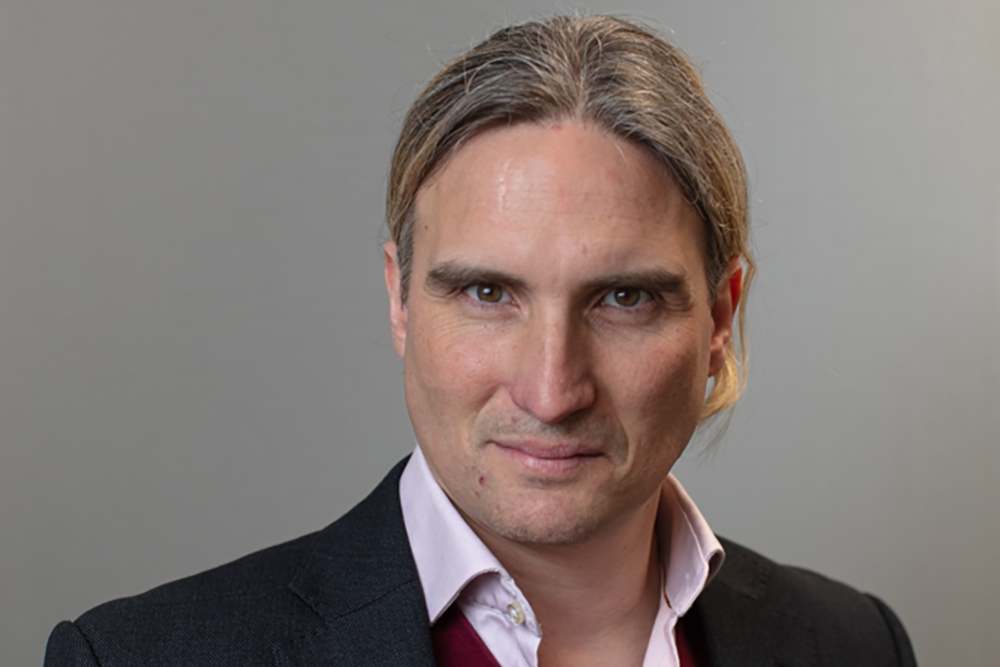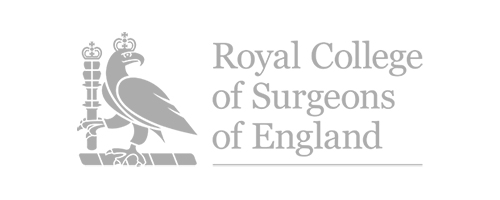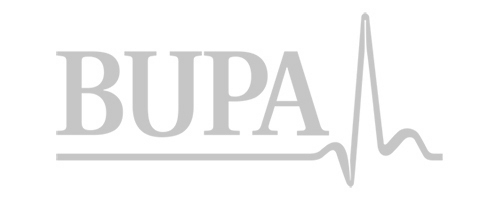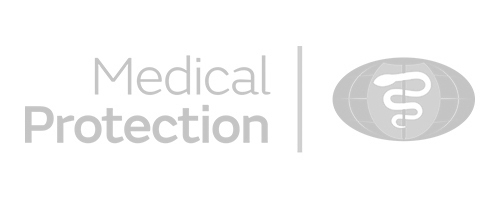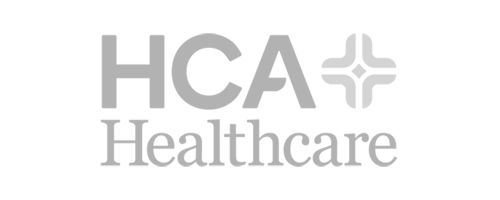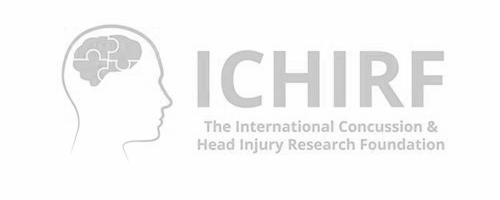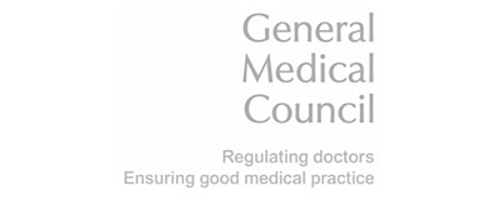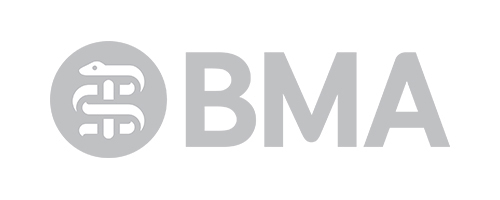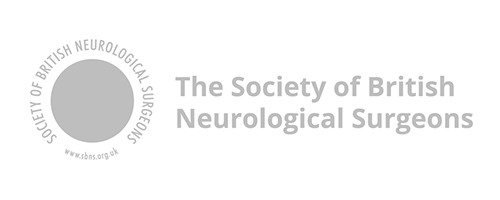STROKE
STROKE
A stroke is when blood stops flowing to a part of your brain. It can affect things like speech and movement, and take a long time to recover. A stroke needs urgent medical help in hospital because it can be life-threatening.
Symptoms of a Stroke
The main symptoms of a stroke can happen suddenly. They may include:
- face weakness – one side of your face may droop (fall) and it might be hard to smile
- arm weakness – you may not be able to fully lift both arms and keep them there because of weakness or numbness in 1 arm
- speech problems – you may slur your words or sound confused
The easiest way to remember these symptoms is the word FAST. This stands for: face, arms, speech and time to call 999.There are other signs that you or someone else is having a stroke. These include:
- weakness or numbness down 1 side of your body
- blurred vision or loss of sight in 1 or both eyes
- finding it difficult to speak or think of words
- confusion and memory loss
- feeling dizzy or falling over
- a severe headache
- feeling or being sick (nausea or vomiting)
Symptoms of a stroke can sometimes stop after a short time, so you may think you’re OK. Even if this happens, get medical help straight away.
A stroke is more likely to happen if you’re older, but it can happen at any age.
Causes of a Stroke
A stroke can happen to anyone at any age, but your risk may increase if:
- you’re over 50 years old
- you’re from a Black or South Asian background
- you have sickle cell disease (SCD)
- you have an unhealthy lifestyle
- you have migraines
- you take the combined contraceptive pill
- you’re pregnant and have pre-eclampsia
- you’ve just had a baby
Certain conditions also increase the risk of stroke. These include:
- high blood pressure (hypertension)
- diabetes
- irregular and fast heartbeats (atrial fibrillation)
- high cholesterol
- a transient ischaemic attack (TIA or mini stroke)
If you have a stroke, or a transient ischaemic stroke (TIA, or mini-stroke), you’re more at risk of having another stroke. But there are things you can do to lower the risk such as quitting smoking, eating a balanced diet, exercising and cutting down on alcohol. It is also important that you do not forget to take medicines for any underlying conditions such as high blood pressure or diabetes.
Diagnosing a stroke
If a doctor thinks you’ve had a stroke, they’ll do tests such as:
- blood tests
- CT, MRI and ultrasound scans to check in and around your brain
- an electrocardiogram (ECG) to check your heart
These tests can show what type of stroke you’ve had. The different types of stroke include:
- an ischaemic stroke – this happens when a blood clot blocks blood flow to the brain. It’s the most common type of stroke
- a haemorrhagic stroke – this happens when a blood vessel bursts
- a transient ischaemic attack (TIA or mini stroke) – this is when the symptoms of a stroke do not last very long (less than 24 hours)
A TIA should be treated as urgent. If you do not get immediate medical attention, you could be at risk of having a full stroke.
Treatment for a stroke
If you have a stroke, your treatment will depend on what type of stroke you’ve had. In the first 24 hours after a stroke, your treatment may include:
- medicine to get rid of blood clots in the brain (thrombolysis)
- surgery to remove a blood clot (thrombectomy) or drain fluid from the brain
- a procedure to stop pressure building up inside the skull or brain
While you’re in hospital, a healthcare team of doctors, specialists and therapists will help you start your recovery.
MEDICINES FOR A STROKE
Treatments you may be given, often long term, include:
- anticoagulants to stop blood clots forming
- medicines to lower your blood pressure
- statins to lower your cholesterol
If the GP cannot identify a more likely cause of your symptoms, they may refer you to a neurologist like Dr Davies who specialises in the brain and nervous system for further assessment and tests, such as a brain scan.


